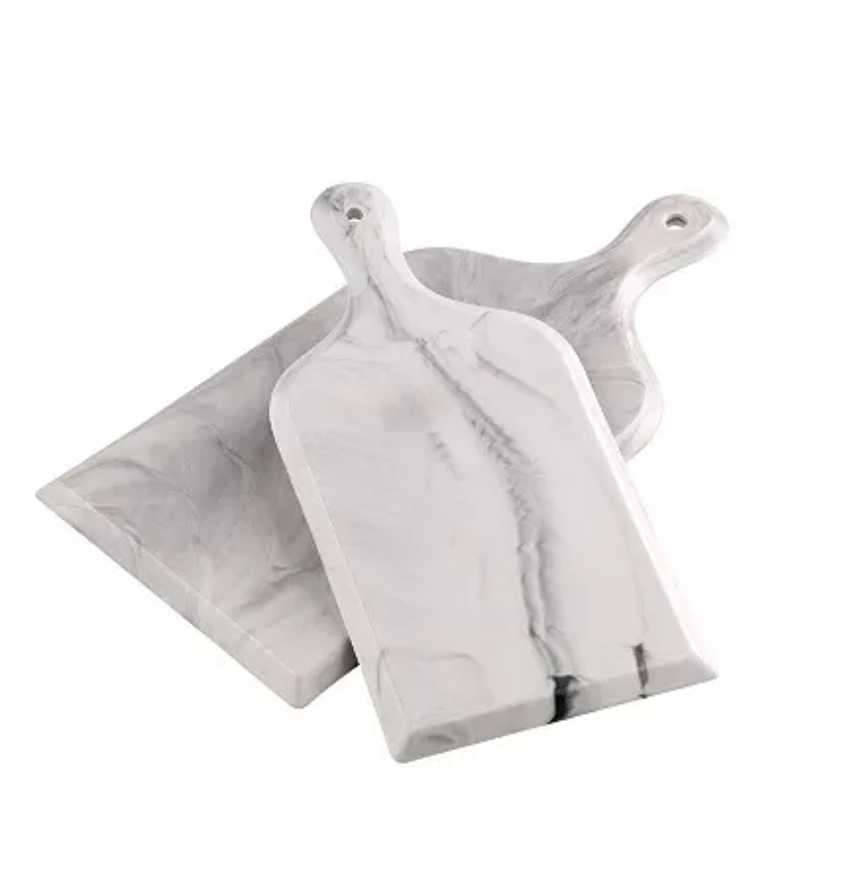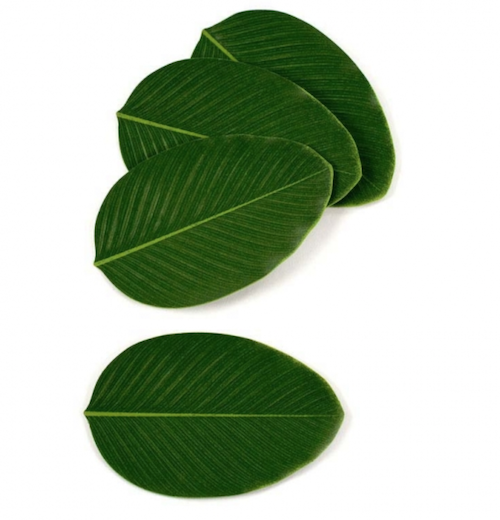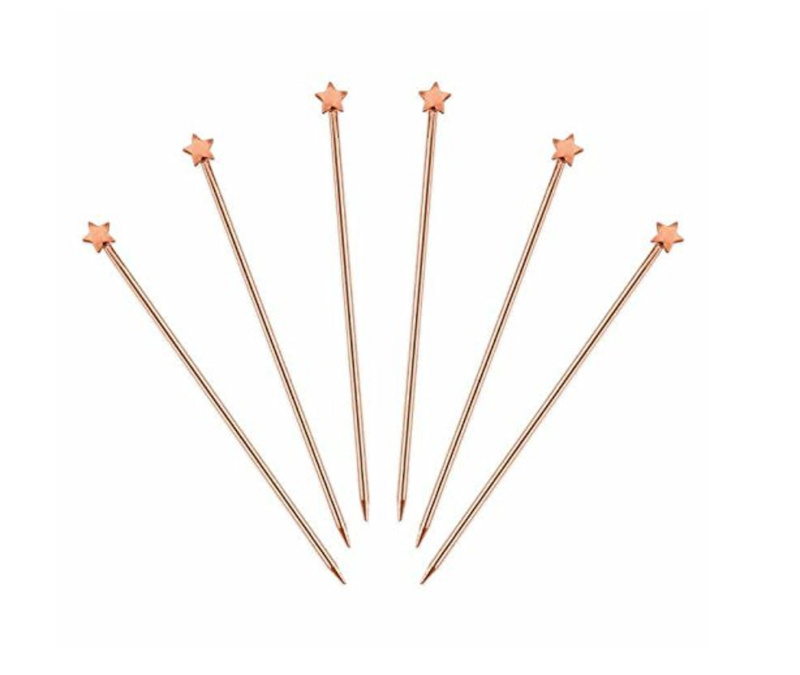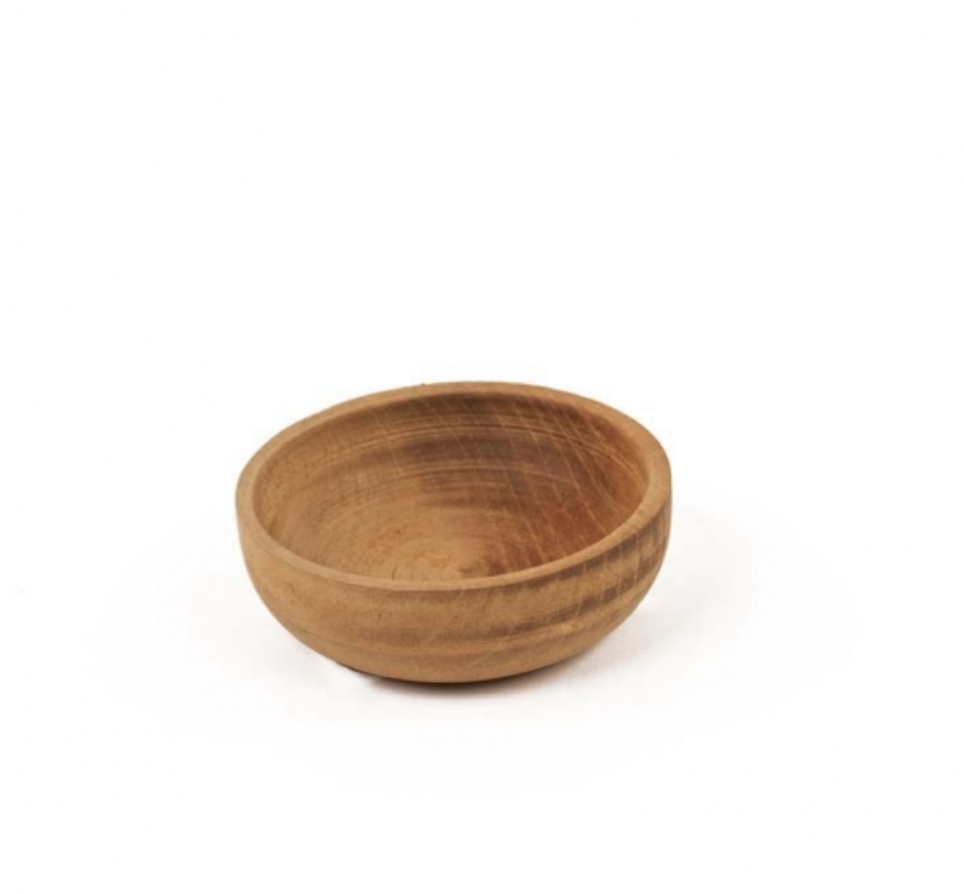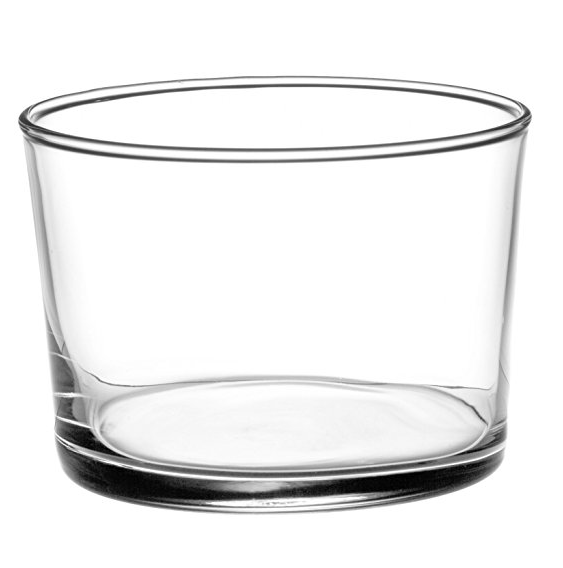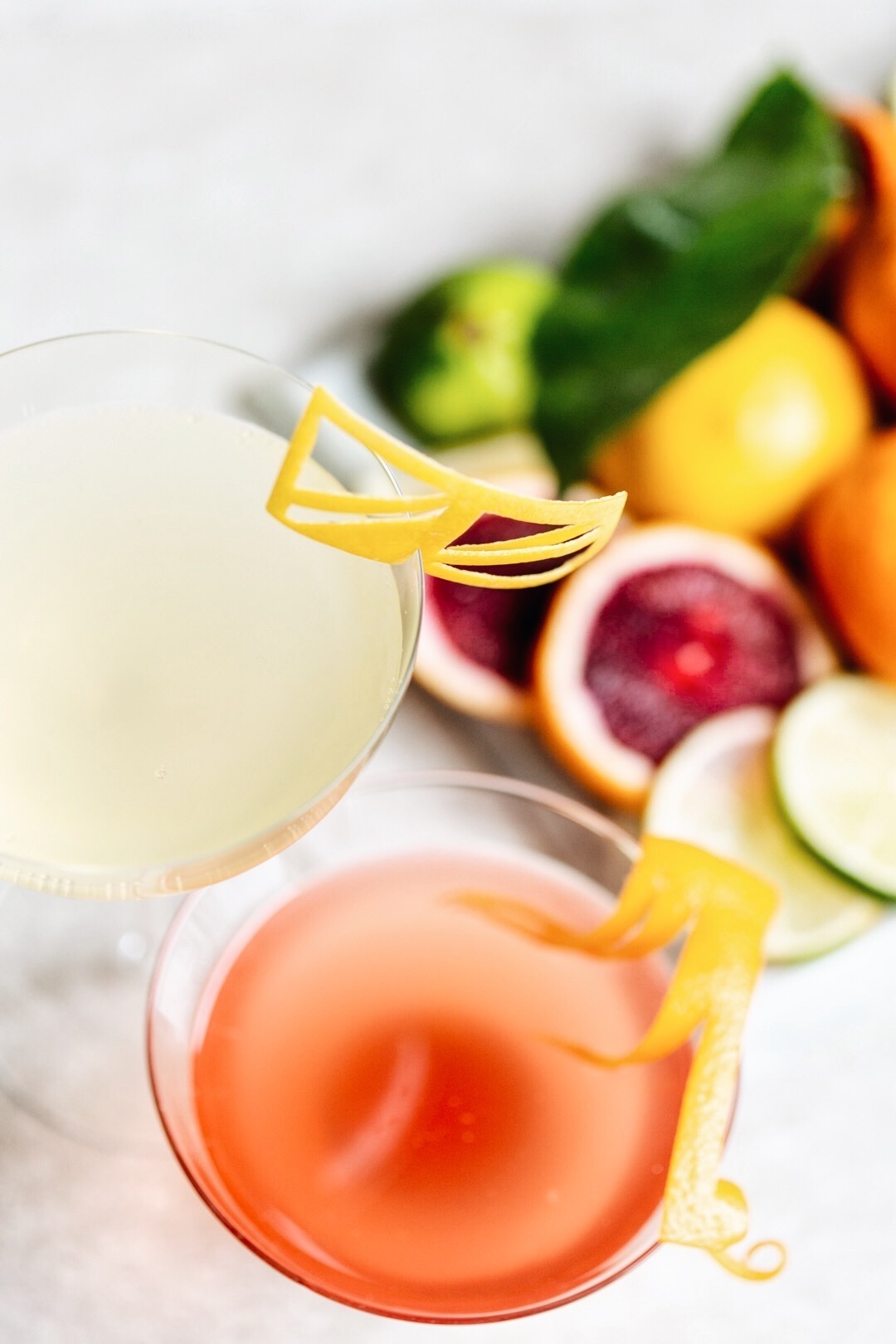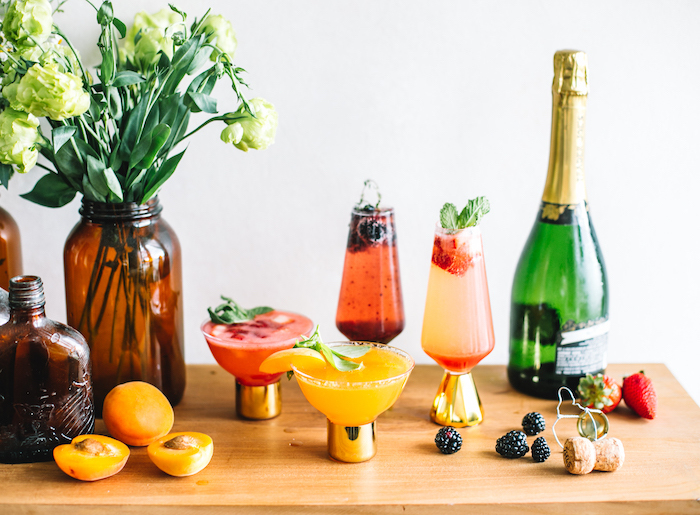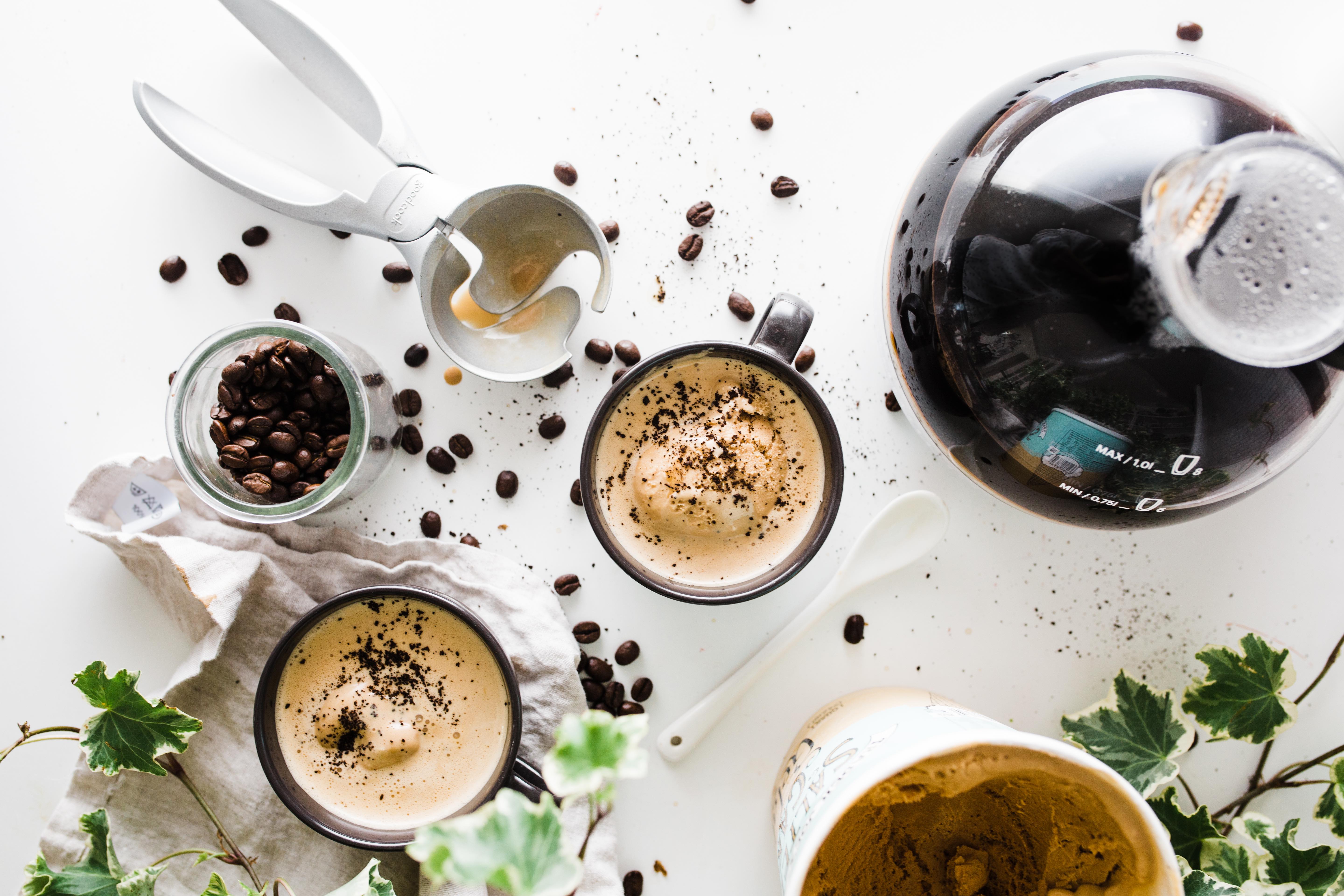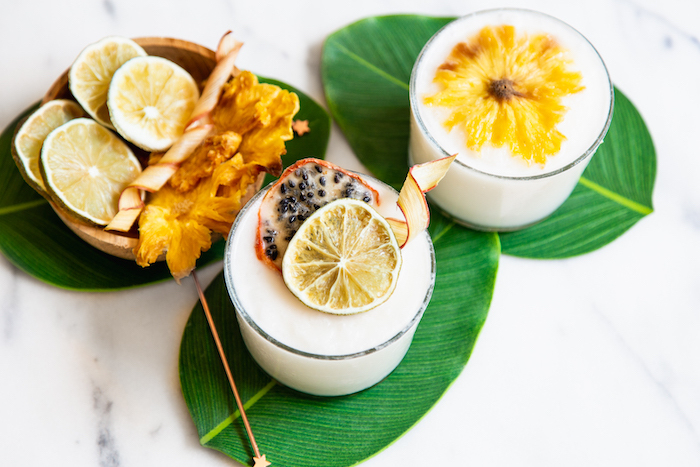
Roughly one third of the food produced in the world for human consumption every year — more than 1 billion tons — gets lost or wasted. All of that food takes water, land, energy, and labor to create, producing massive amounts of greenhouse gas emissions on the way.
The worst offender? Produce. Fruits and vegetables have the highest waste rate of any food product, with almost half of the total yield thrown away each year.
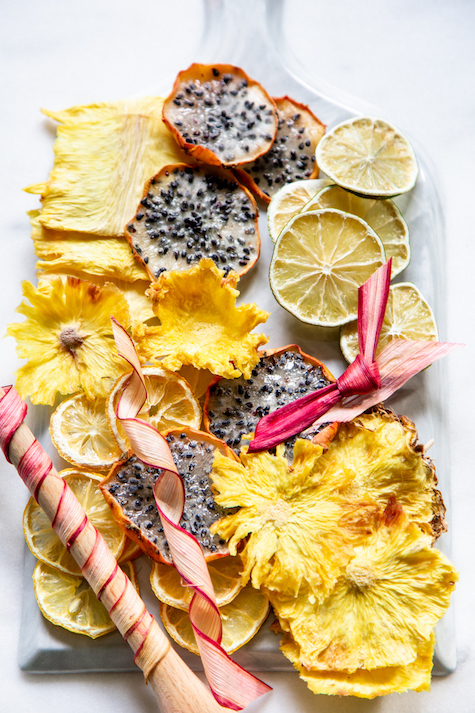
We’ve all looked into our fridge at some point and realized that we’ve over-purchased produce. The quart of strawberries that’s only got a day left before going soft, the bag of limes you bought for margaritas and never got around to squeezing.
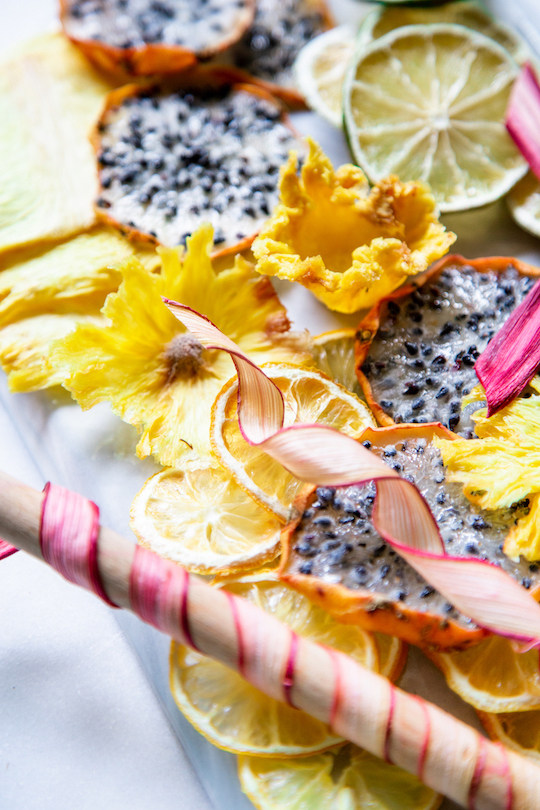
When I see that the tide is turning towards waste, with maybe an errant stalk of rhubarb and a pineapple I can’t eat in one sitting, one of my best tactics is to dehydrate them for cocktail garnishes.
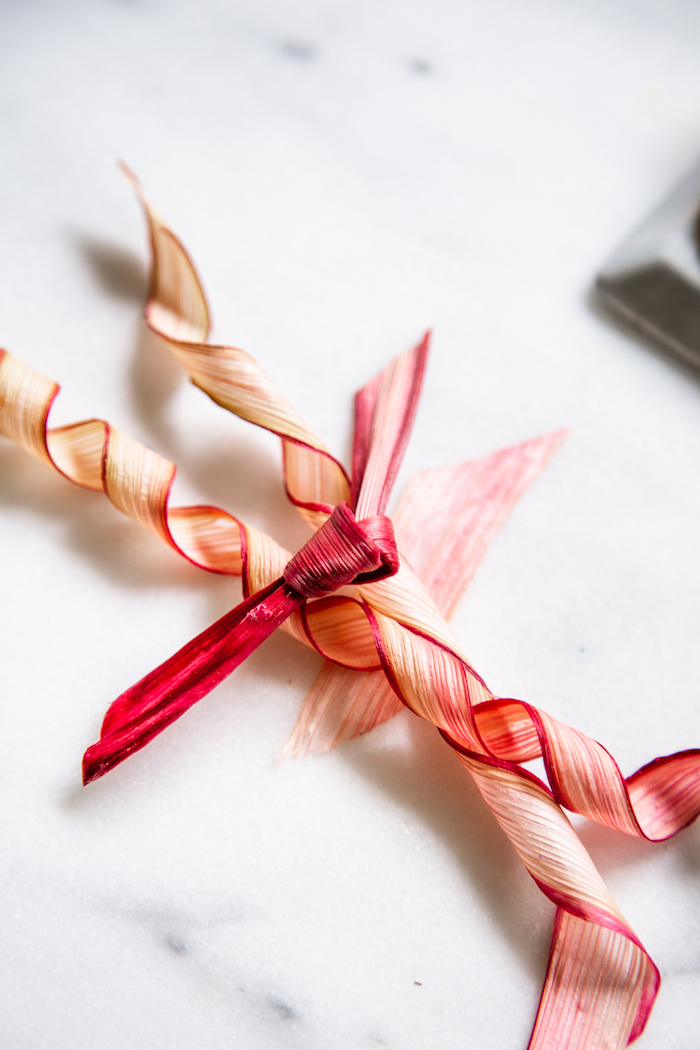
A dehydrated garnish is easy to make (slice thin, dehydrate, store), and brings so much to the table.
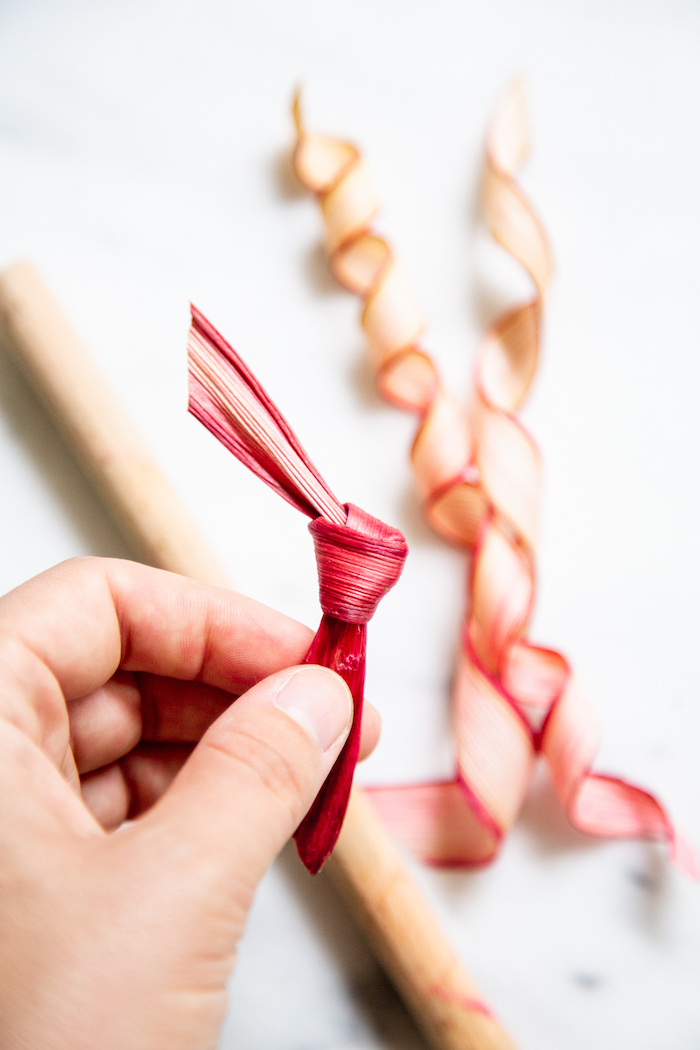
Probably the most useful upside is that you can prep them days in advance — as a home entertainer without a full bar staff behind me when I’m serving friends, I’m always looking for ways to garnish each drink I hand out in a beautiful, thoughtful way, but slicing and arranging fresh fruit can simply take too long to be worth it.
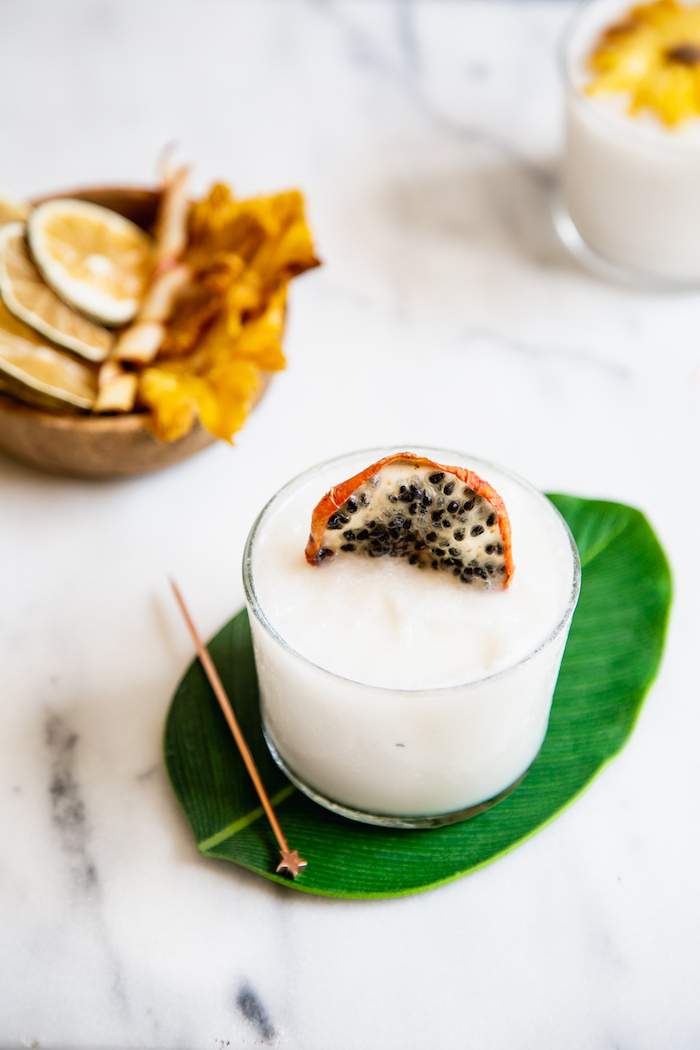
With a tray of dehydrated garnishes on the table, I can toss one or a few into a glass without a second thought.
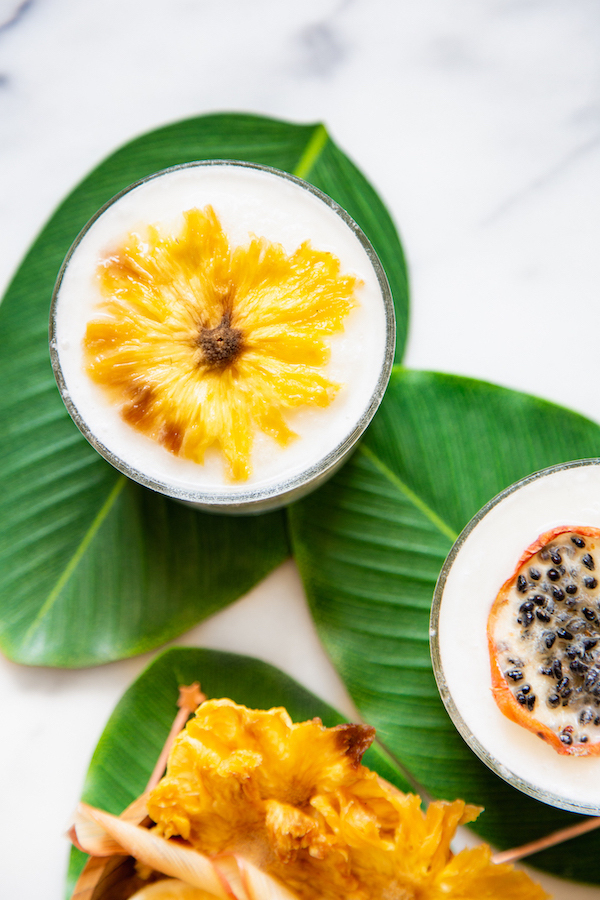
Your dehydrator will probably come with instructions for drying specific food types and the temperatures they require, but here are my best tips for making and storing cocktail garnishes:
- Consider the texture you want when deciding on dry time — I like to dry fruits like pineapple or mango just until chewy (they’re delicious and candy-like that way), but more moisture means shorter shelf life. I dry out citrus wheels all the way to a crisp, because they’re meant for aroma, not for eating. They last months that way in an airtight container.
- Play with shape! Use a peeler to create ribbons of rhubarb, then twirl them around a wooden spoon for a candy-like curl. Dehydrate peeled pineapple slices with the core still in for a flower-like appearance, which can be further accentuated by drying in a small heat safe cup or cupcake pan. You can cut bigger fruit into any shape you’d like, but be aware that the edges will curl unless you weigh them down.
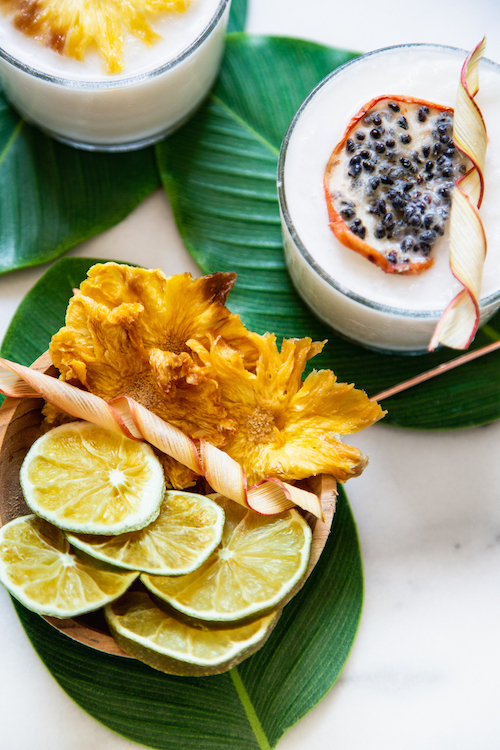
- Let your garnishes cool completely before storing them so no condensation makes its way into your air-tight container — moisture is the enemy of shelf life. I love the look of a garnish in a pretty Weck jar (a bonus because you can serve straight from the jar), but freezer bags, which are thicker than sandwich bags, will do the trick just as well.
- Thoroughly dried items like crisp citrus wheels can last in a cool, dry, dark location like a pantry for up to a year. Semi-moist Items like chewy pineapple will last longer in the fridge than on a shelf, and I like to consume them within a month. In any case, check for mold before serving.
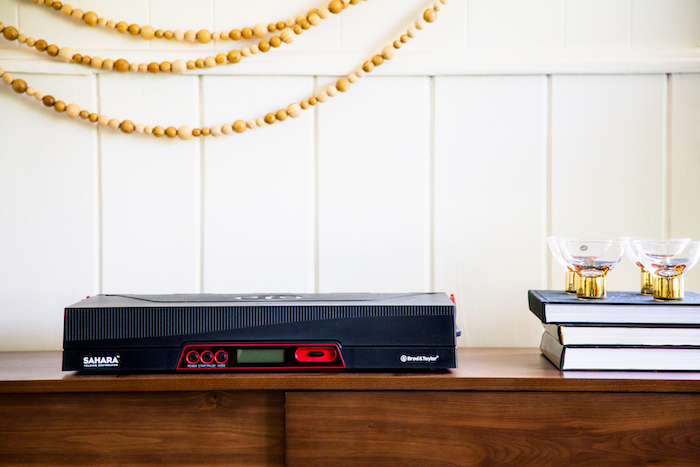
The dehydrator I used is this collapsable model from Brod and Taylor. I’m living in/renovating a very small cottage right now, which means I’m desperately lacking in storage, particularly in the “kitchen” area (not even really a kitchen yet).
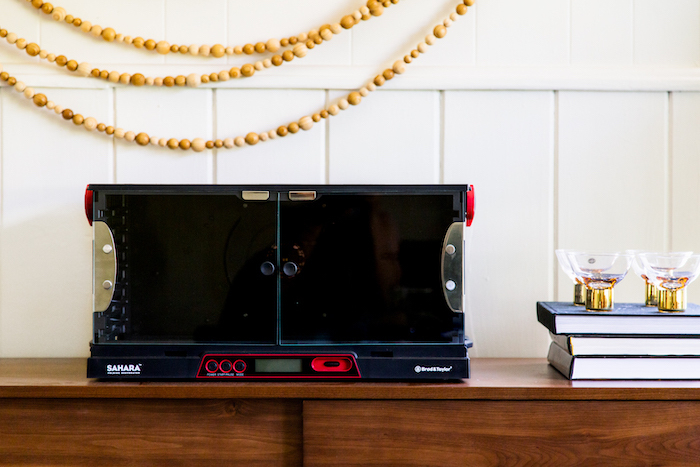
I have to be super careful about the appliances I bring into the house, and how much space they’ll end up taking. A dehydrator would normally be way too big for my place, but since this model folds down to practically nothing, I can tuck it away easily when I’m not using it.
I wish it had existed when I lived in my first (also tiny) apartment — so many farm market purchases would have been saved from spoilage, and so many cocktails more creatively, deliciously, and beautifully garnished!


